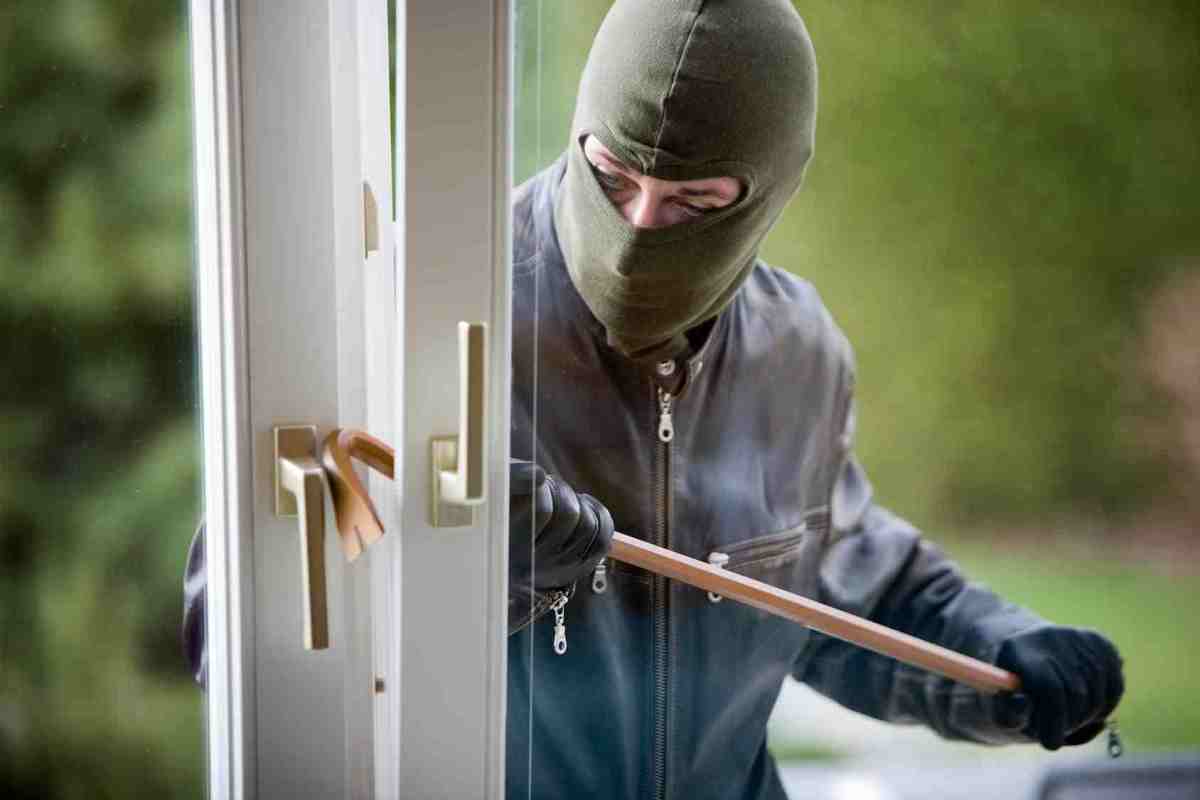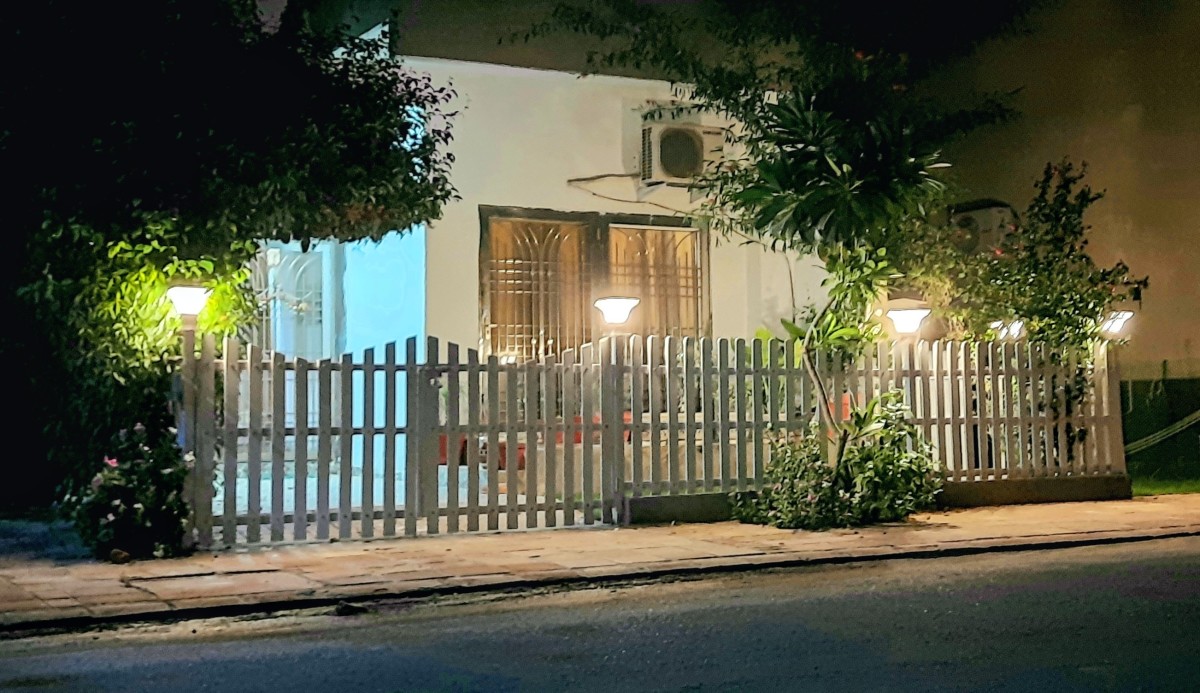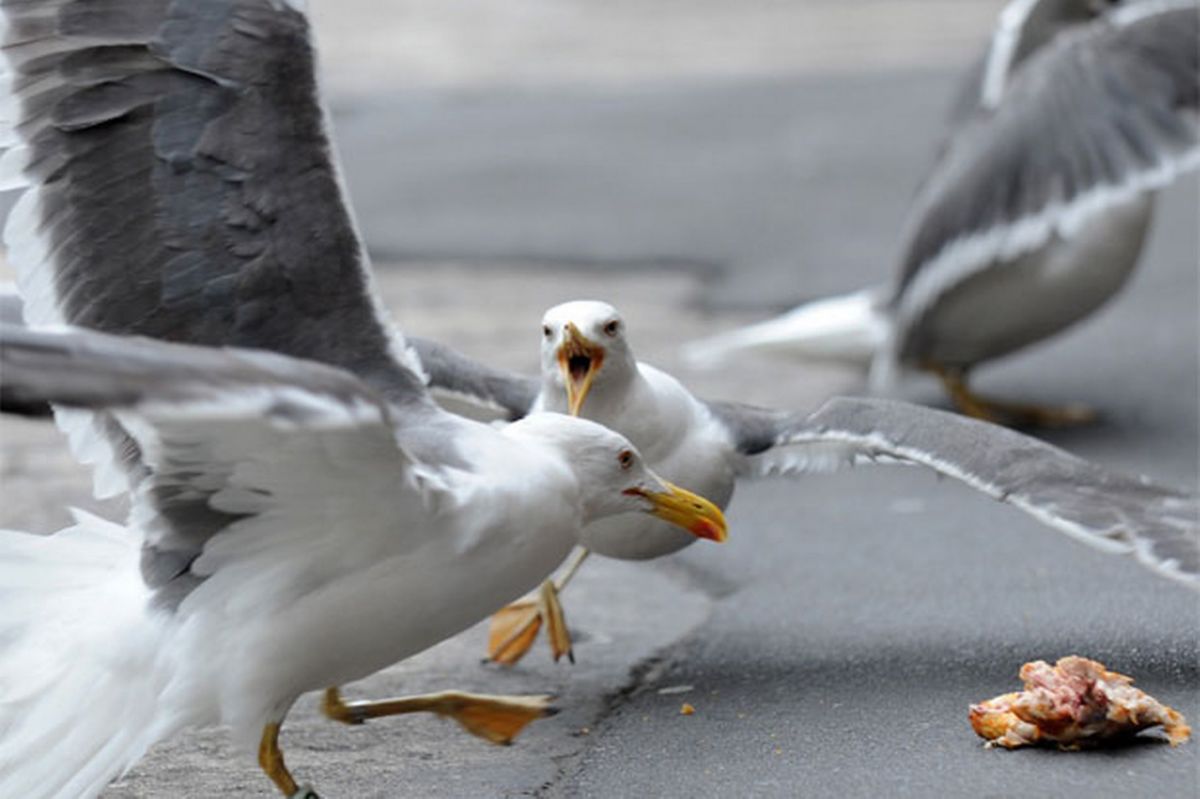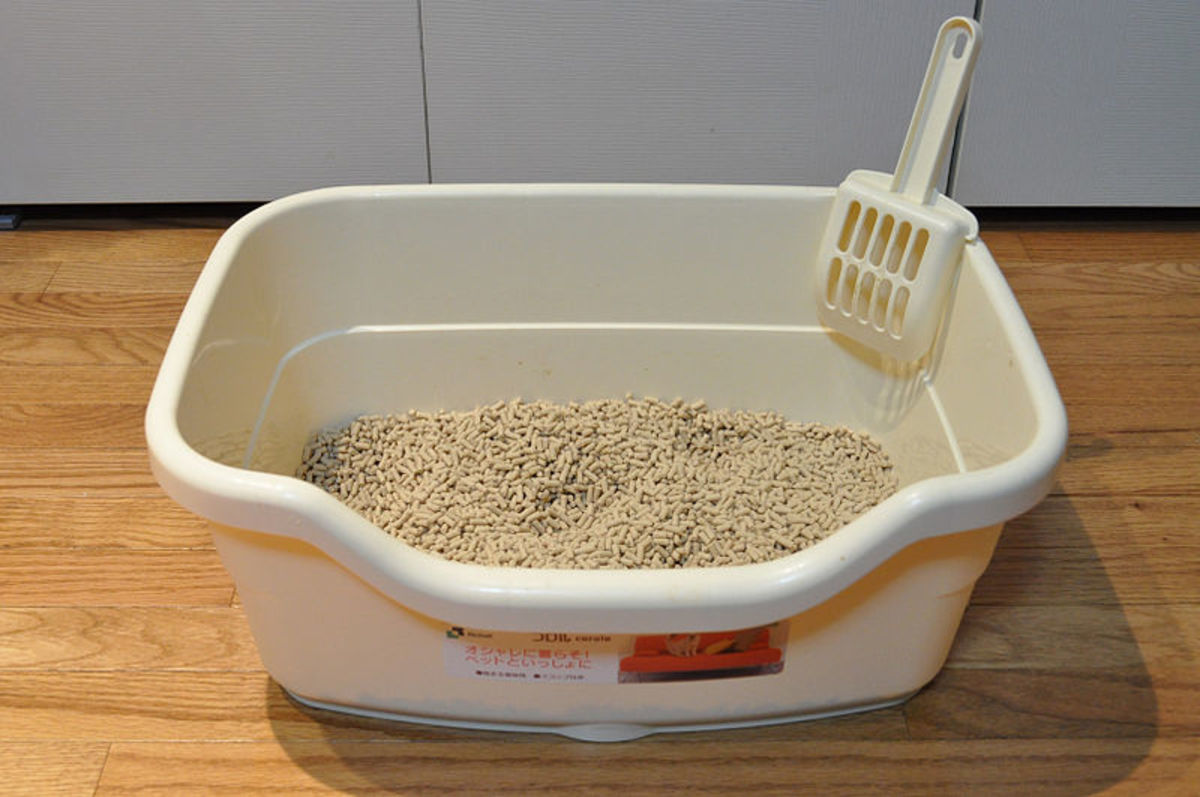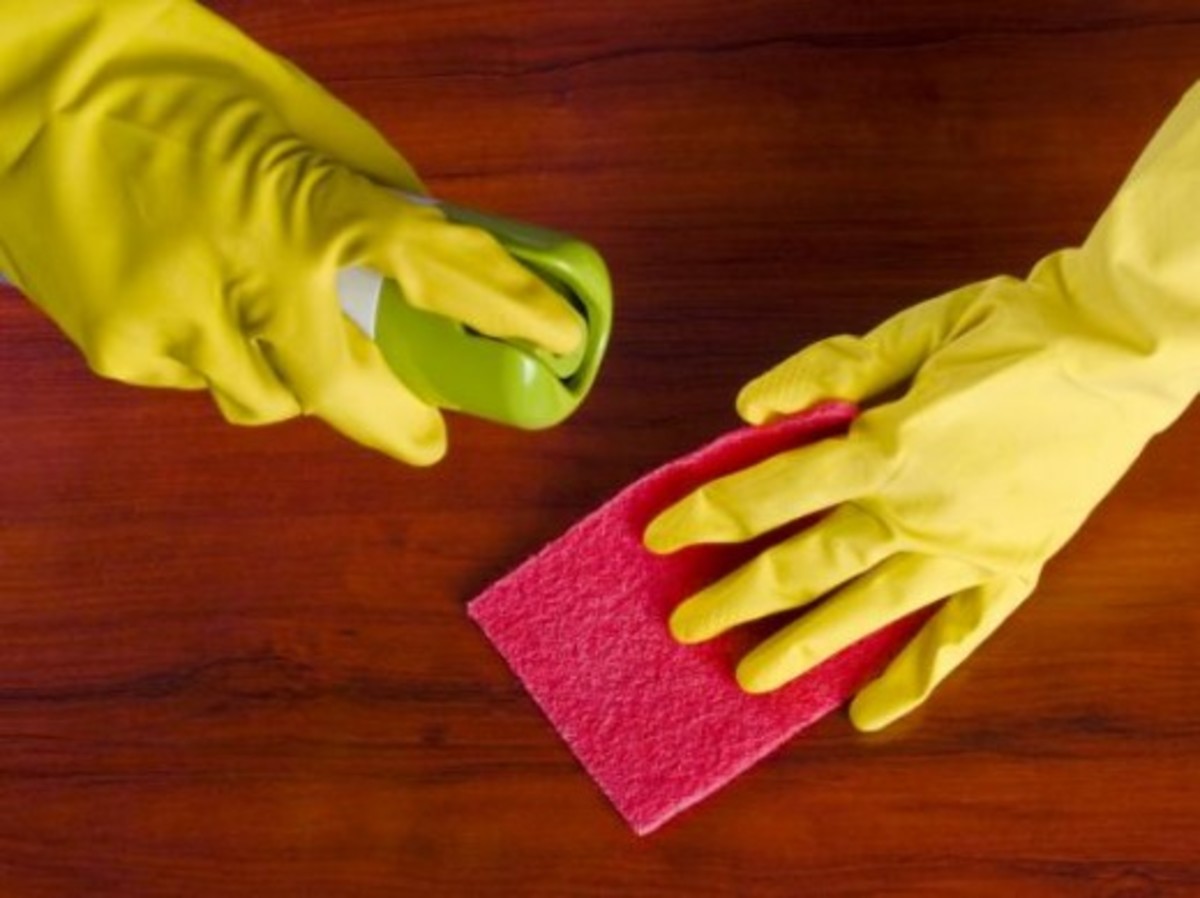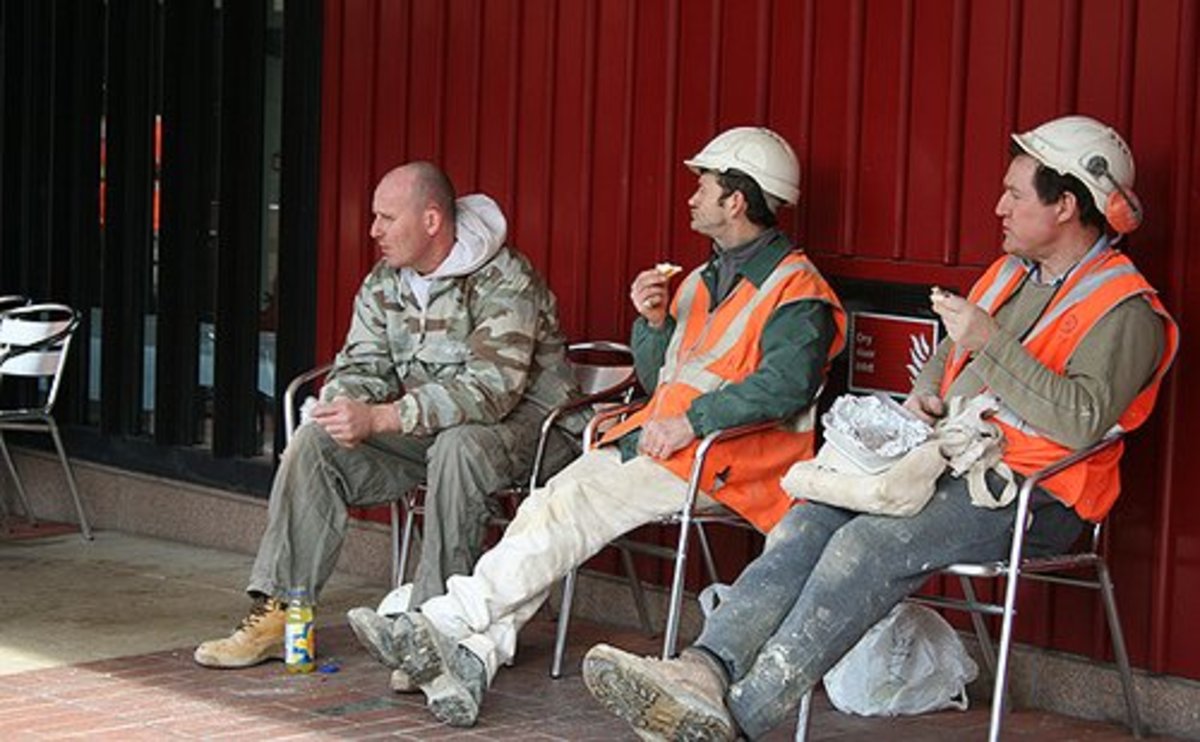Tips in Increasing Child Safety Awareness
This article covers 3 areas of safety issues for children:
- In traffic
- In the home
- Personal Safety – keeping safe with other people
Having fun - with the brake on and supervision close at hand.
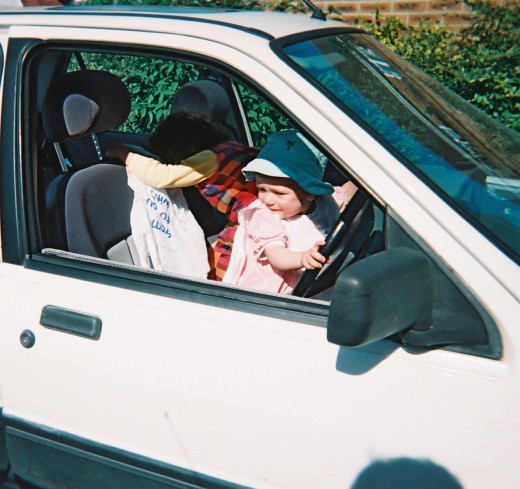
Keeping Your Child Safe In Traffic
Although the number of children pedestrians who are killed in accidents is falling in the United States, it is still the second highest cause of injury-related death in children. More boys than girls die in this way, and with the highest number of fatalities at the ages of 2, 13 and 14.
It’s not hard to see why 2 year-olds are at risk as the following story illustrates.
Several years ago, when my older daughter was 3 and her sister was around 19 months, we arrived home after an outing, parked the car in the driveway and started to unload. I don’t remember if it was my husband or I who took our toddler from her car seat, but I do remember clearly what happened next. Our toddler headed straight for the road.
Within seconds our 3-year-old was beside her, saying in as firm a voice as a 3-year-old can muster, “No! Come back! Stay on the pavement!” She grabbed her sister and pulled her back. (For American readers: pavement means sidewalk.)
Just then, a car came round the corner. As my husband and I looked on in amazement, our 3-year-old loudly told her sister, “See! That’s why you have to stay on the pavement.”
The Singing Kettle explains why drivers should take more care
Getting The Message Across
Why did our 3-year-old act as she did? Partly it was her nature to care for her little sister, but there was another reason. As soon as she could walk we went for short strolls in our neighborhood, and if I heard or saw a car I would say to her, “There’s a car coming, so we stay on the pavement.” She repeated, “Car coming, stay pavement.” Soon this became a family mantra.
We also repeatedly said, “Pavements are for people. Roads are for cars.” This idea came from a CD by the Scottish band The Singing Kettle, who sang the song: Pavements are for people.
She got the message.
When our younger daughter learned to walk it wasn’t as easy to give her the full attention her sister had, and so it took longer for the message to get through.
With my first daughter I had instinctively used repetition and a few very simple rules to teach age-appropriate road safety. According to an article published in the British Medical Journal, that is exactly what children of this age need. Anything more complex would not be remembered.
The best ways to ensure your child is safe
Schieber and Thomson’s recommendations.
- Don’t think that if your child can recite safety rules for crossing roads that they will do so safely. In the UK some 5 – 6 year olds recited the “Green Cross Code” as they crossed a road, thinking this would keep them safe. Other children of this age believed that cars would stop for them. Some studies also found that children tend not to be able to transfer information given in the classroom onto the road.
- Do supervise your child crossing roads until around the age of 7 – 8 for residential streets with a low volume of traffic, and until 11 – 12 for busy roads. Crossing major arteries should be supervised until adolescence.
My additional suggestions:
- Regularly repeat rules to small children when out walking.
- Make the rules into a game or a song.
- Remind young drivers, and drivers in general, to look out for children and to drive slowly if they see any unaccompanied kids. (My driving instructor made this part of my early lessons.)
Teenagers don’t always think through their actions
Teach Teens to Take Care
Finally in this traffic safety section, I would like to return to those 13 and 14 year-olds who are statistically high-risk. Since by the teenage years most children are well practiced at walking alone, why is the death rate so high? I could not find any definite explanation, but even at this age children are not fully able to understand the consequences of their actions and some play a game of “chicken” with cars or, as in the video opposite, trains. Boys are more likely to play this than girls, goading each other on. This is very dangerous “game” and could account for the high fatalities in the age group. It tends to become craze for a while, then eases off only to return. It was around when I was teaching this age group in the 1990s and shows no signs of disappearing completely, so parents should be aware that it is a genuine risk.
If you suspect your teenager of indulging in this dangerous practice, try not to come down on him heavy-handed as this make him feel rebellious. Instead speak to him calmly and explain to him the very real dangers involved.
A video on stair safety
Safety in the home
Most advice on home safety focuses on preventing children from accessing potential dangers, and when they are small that is the best option. Go round your house on all fours to see your home from your toddler or baby’s perspective. You will to see clearly where danger lurks.
Falls
Falls are the most common accident in the home. In the UK the annual figure for hospital visits due to fall in under 15s is 390,000.
Stairs, glass cabinets, doors and windows are all potential hazards. Fit stair-gates, and window locks. Use safety glass in doors and windows. (If this isn’t possible the UK government website recommends to cover panes with safety film or cardboard. When we lived in an apartment with old windows I placed a heavy chest of drawers in front of a low window; it acted as an effective barrier.)
Poison and Toxins
Lock medicines and household cleaners away or store them well out of reach. Remember child-resistant caps are not child-proof and some small can work out how to use them.
Toxins are present in many household items. Some plastic and MDF items emit fumes (known as off-gassing), so think carefully when choosing furniture, especially for your child’s bedroom. Some researchers believe toxic gases in mattresses could be responsible for some crib deaths. While this is not proven, an alternative is to use a mattress made of natural fibers such as wool or coconut finer (coir).
Cigarette fumes are linked to crib death, so if you are a smoker, consider giving up or at least avoid smoking in the home.
Carbon monoxide from a leaky gas boiler can kill. Have your boiler serviced regularly, and fit a carbon monoxide alarm.
Burns
If the design of your house allows it, place a stair gate over the kitchen door so children cannot get in without an adult present. Use the back burners on your stovetop or cooker.
Keep hot drinks and soup away from babies and small children. They scald easily because their skin is thin. A baby as young as 3 months can grab a bowl of soup and tip it over: one of ours did this when her father was holding her. Luckily he knew to plunge the affected part in cold water and the damage was minimal.
If your child is scalded or burned:
Cover the area with cold water and leave as long as the child will stand it, up to 15 minutes. If the burn is serious or if clothing sticks to a burn don’t try to treat it yourself, but take your child to the Emergency Room.
Further reading and references
British Medical Journal on: Developmental Risk Factors for Childhood Pedestrian Injuries
Safe Kids USA on: Latest Trends in Child Pedestrian Safety
UK government guidelines to: Your Child’s Safety in the Home
US dept of Health and Human Services: Indicators of Child Sexual Abuse
Childseyemedia.com’s leaflet Safer Strangers, safer buildings code teaches children how to choose a safe stranger so ask for help if they are lost.
This article Science Daily contains more suggestions from Kay Knaff: In Child Sexual Abuse, Strangers Aren't the Greatest Danger, Experts Say
Pandora’s Project offers: Some Tips on How to Protect Your Child from Sexual Abuse
Personal Safety – keeping safe with other people
From an early age children are warned about strangers, but sadly far more children are abused by people they already know than are abused or abducted by strangers.
Yet schools still teach about stranger danger, sometimes in an alarmist ways. Literature given to Scottish primary children a few years ago suggested that if they were out alone and an adult approached them they should shout loudly, “Go away!” As parents pointed out, this could mean a child did not get help if needed.
The leaflet by Child’s Eye Media offers a much less dramatic and much more useful alternative. It teaches children to look for a “safer stranger.” This is someone they can go to for help, and children are encouraged to look for someone in uniform, for instance a police officer or traffic warden or shop assistant. If children cannot see anyone outside to ask, the leaflet suggests safe buildings to enter: post offices, libraries and banks are a few options.
You and your child can learn more about this approach by watching the video below.
This approach is much more sensible than the “Stranger Danger” message for many reasons:
- As already mentioned, strangers are not the most likely people to sexually abuse a child.
- Warning children against all strangers and then expecting them to be friendly to people they meet with you gives a confusing message.
- A child given the “Stranger Danger” message may see the world as a dangerous place and become fearful.
Child’s Eye Media’s video: "Teigan Gets Lost"
Talking to Children About Safe Touch
Parents face the same challenge when talking to children about personal safety in general. You do not want to frighten your children into thinking every adult they know might abuse them but, particularly when children are in day care or go for sleepovers with friends, they need to know they have rights over their own bodies.
Kay Knaff, a manager in Youth Villages, an organization that works with children who have experience abuse and neglect, recommends that parents talk openly with their children about these issues. She also recommend we start talking when they are young. The information you give your children needs to be age appropriate. A good way to address this is to talk about how touch can feel nice or uncomfortable. For instance some people enjoy being tickled, but after a while want it to stop, and those wishes should be respected. If we teach children that they can say no to touch they are more likely to know when touch isn’t appropriate.
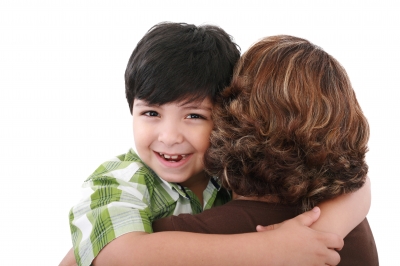
Resources
In the USA and Canada: Childhelp.org and The National Child Abuse Hotline: 1-800-4-A-CHILD (1-800-422-4453)
In the UK: childline.org
In Australia: KidsHelpline
In India: Childlineindia
Worldwide: Child Helpline International
Teaching children they can say no involves more than having a chat with them. We need to live it too. Although children generally love hugs, they should have a choice over who hugs them and when. If we had visitors when my children were small, instead of saying, “Give Aunt Beatrice* a hug,” I gave them the choice to hug or not. If we had several visitors at once, I asked, “Is there anyone you’d like to give a good night kiss?” This teaches children that they have a right to choose who touches their bodies and how they are touched.
As children grow into teenagers they often don’t want their parents hugs in public and may be less cuddly in general and however much we may miss those child-cuddles, we need to respect our teenager’s wishes if we want them to feel confident in their bodies.
Kay Knaff also points out that children who are sexually abused rarely tell. The U. S. Department of Health and Human Services lists indicators that suggest a child may have been abused. In children under ten these include excessively touching their private parts, precocious sexual knowledge, making sexually explicit drawings, anxiety around certain people or conversely making sexual advances towards older people or other children.
In children over ten sexual promiscuity, prostitution and sexual victimization by peers are all indicators that point towards abuse. (90% of adolescent prostitutes have been sexually abused.)
If you suspect your child has been sexually abused it is important to take this seriously.
- Never blame your child. Even if a child makes sexual advances it is not his or her fault. It is because the child’s understanding of love has become distorted by abuse.
- Kay Knaff’s advice is that if you suspect your child has been abused get professional help right away.
No parent wants to be in this situation but if you suspect you are see the grey box for a list of organisations that can help you in various countries.
For more ideas on how to talk to your child about bodies see the resources section in the blue box.
* fictitious name

